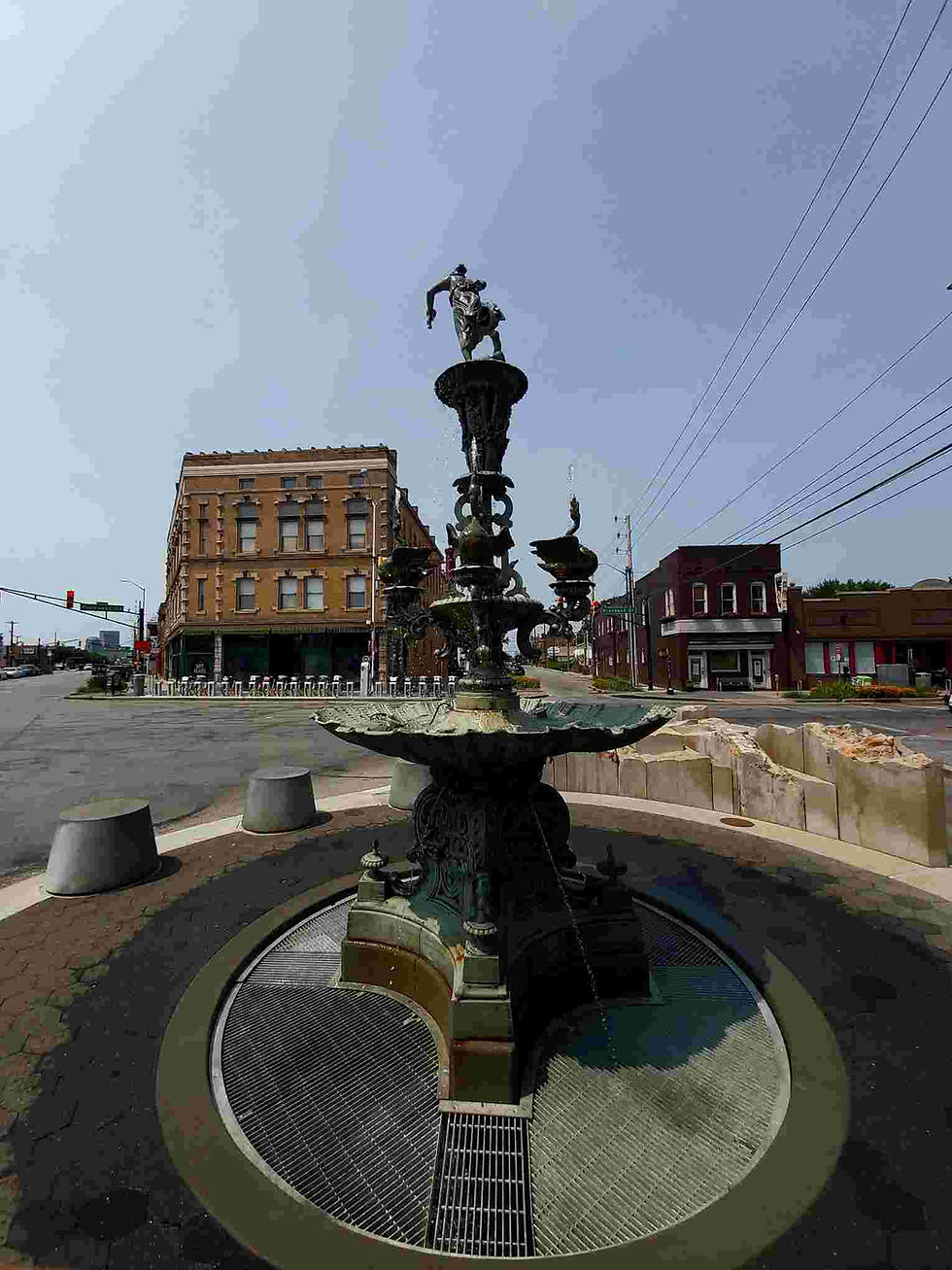Italy: Livorno
- Matthew P G

- May 14, 2022
- 3 min read

Latte macchiato, Mediterraneo, Quartiere la Venezia

Fortezza Vecchia

Fried Calamari, Il Chiosco del Porto February 2019
Leghorn
Leave it to the British to screw up a name. The English name is actually "Leghorn" (although thank God that has fallen out of use). Livorno, Livorno, Livorno - Tuscany does have a real side and it is a gritty port city where the cruise ships disgorge the masses to visit Pisa, Siena, and Florence.
The current name Livorno actually derives from a type of Roman ship used in the port ages ago. It has been a seaport for two thousand years, but it wasn't until the Renaissance that it really became "something". Pisa's harbor silted up and Livorno's natural harbor became the only way to get goods inland to Tuscany. Livorno became incredibly wealthy and diverse. It had an early policy of religious freedom that remained so until the European wars of religion. Many expelled Spanish Jews settled in Livorno and added to the social framework and the economy. Protestants traded freely at Livorno port while being banned in most other southern continental locations. My walk through Livorno showed that it indeed had been a place of incredible wealth. As with most cities, its star faded and all that was left were the ghosts of abundance - forts, canals, and palaces.
Why Livorno? That holiday I was based in Genoa. Italian spring weather was unpredictable. I saw Genoa and points north were to have rain, but from Pisa southward there was sun in abundance. It was a long train ride (with a stop in Pisa) for a day trip, but it was worth it. Livorno was a wonderful non-touristy city to wander and I hit upon two food experiences that made me remember that city until now - latte macchiato and fried calamari.
I had finished exploring the "new" fortress (about 200 years old) in town and was in "Little Venice" - a series of canals leading inland to the fort, lined with old houses. I needed a coffee break and stopped in the empty "Mediterraneo" for a latte. Of course in Italy a "latte" as known elsewhere does not exist. I ordered a latte macchiato (lit. a dirty hot milk) and the barista who was my age served it to me as a glass of warm (not steaming hot) milk with a small pitcher of espresso. Upon seeing my quizzical look, he said to me in his lovely Italian-accented English, "this is a real latte macchiato". I was impressed. I asked friends in the know about it later and he was right. In the days of slower paced life, indeed a latte macchiato was served this way. Since I am a huge latte fan, it resonated.
After caffeinating I followed the old canals to the sea and saw the Fortezza Vecchia. Behind those old walls used to be the ENTIRE CITY of Livorno!! In the blue waters around the very old fort bobbed countless sailboats and yachts. What would the Medicis, who built the fort, have had to say about that? Since they were into showing off wealth, I was guessing they would have approved. The old fort guarded the harbor surrounded by hundreds of rich men's boats. It was a fitting end of life to the bastion.
I pushed along harborside and felt the pangs of hunger. Time to eat lunch, but where? Right where the main pier entered the harbor was the little "Il Chiosco del Porto". I sat outside at a picnic table and ordered some delicious looking and cheap fried calamari. They had German beer, so that made it all even better. That fried squid was the best I had in ages. In fact, outside of Japan maybe the best I've ever eaten. Anyone who knows squid also knows the importance of freshness. Nothing compares to freshly caught, immediately prepared squid. I was in heaven.
I digested my lunch walking around the harbor and riverside looking at Livorno's faded glory. Daylight was at a premium so I hastened back to the train station. I wanted to catch Pisa in the late afternoon sun.



Comments